Tribe Hippomaneae Rank Species | Subfamily Euphorbioideae Subtribe Hippomaninae Higher classification Hippomane | |
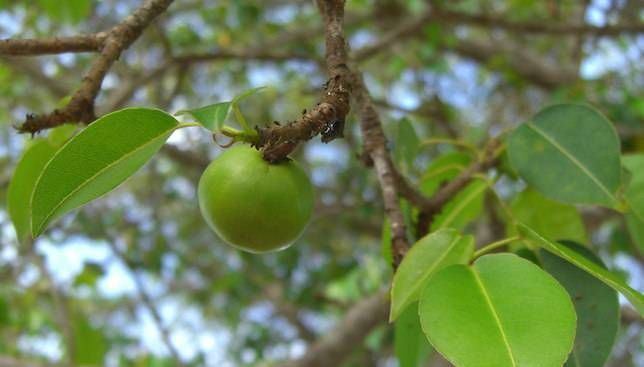 | ||
Similar Hippomane, Euphorbiaceae, Abrus precatorius, Cerbera odollam, Urtica ferox | ||
The toxic manchineel tree
The manchineel tree (Hippomane mancinella) is a species of flowering plant in the spurge family (Euphorbiaceae). It is native to tropical southern North America and northern South America.
Contents
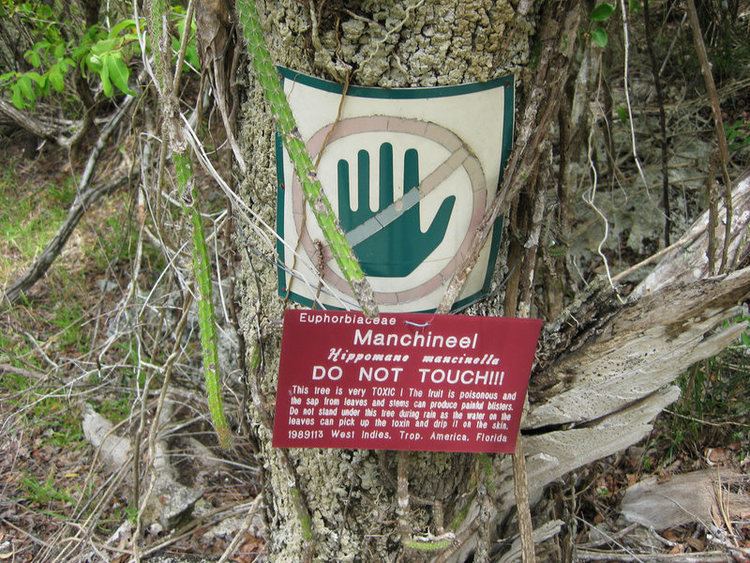
The name "manchineel" (sometimes written "manchioneel") as well as the specific epithet mancinella is from Spanish manzanilla ("little apple"), from the superficial resemblance of its fruit and leaves to those of an apple tree. A present-day Spanish name is in fact manzanilla de la muerte, "little apple of death". This refers to the fact that manchineel is one of the most dangerous trees in the world. Manchineel is also known as the beach apple.
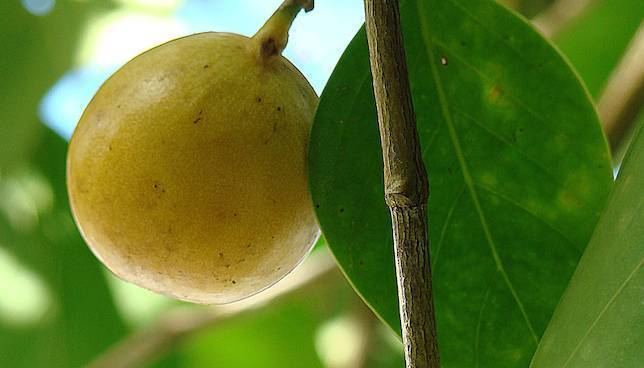
Distribution
Manchineel is native to the Caribbean, the U.S. state of Florida, The Bahamas, Mexico, Central America, and northern South America.

The manchineel tree can be found on coastal beaches and in brackish swamps where it grows among mangroves. It provides excellent natural windbreaks and its roots stabilize the sand, thus helping to prevent beach erosion.
Description
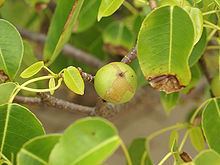
Hippomane mancinella, the evergreen manchineel tree, grows up to 15 metres (49 ft) tall. It has reddish-greyish bark, small greenish-yellow flowers, and shiny green leaves. The leaves are simple, alternate, very finely serrated or toothed, and 5–10 cm (2–4 in) long.
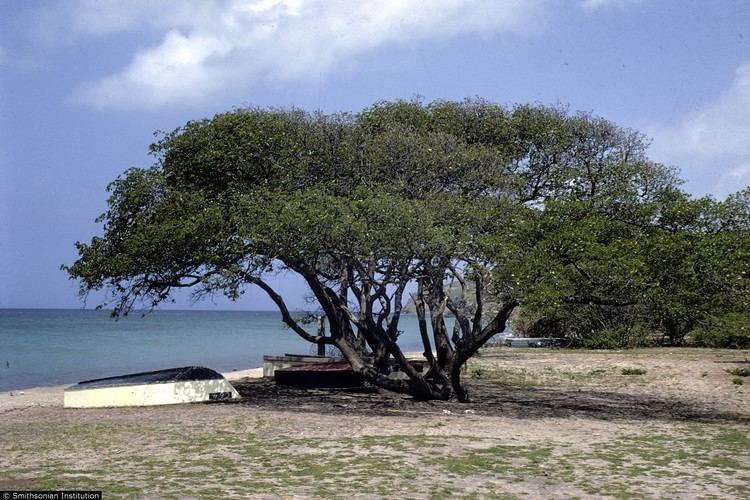
Spikes of small greenish flowers are followed by fruits, which are similar in appearance to an apple, are green or greenish-yellow when ripe. The fruit is poisonous.
Toxicity
All parts of the tree contain strong toxins, some unidentified. Its milky white sap contains phorbol and other skin irritants, producing strong allergic dermatitis. Standing beneath the tree during rain will cause blistering of the skin from mere contact with this liquid (even a small drop of rain with the milky substance in it will cause the skin to blister). The sap has also been known to damage the paint on cars. Burning the tree may cause ocular injuries if the smoke reaches the eyes. Contact with its milky sap (latex) produces bullous dermatitis, acute keratoconjunctivitis and possibly large corneal epithelial defects.
The fruit is possibly fatal if eaten; however, "fatalities from ingestion are not reported in the modern literature" and "ingestion may produce severe gastroenteritis with bleeding, shock, bacterial superinfection, and the potential for airway compromise due to edema. Patients with a history of ingestion and either oropharyngeal burns or gastrointestinal symptoms should be evaluated for admission in hospital. Care is supportive."
When ingested, the fruit is reportedly "pleasantly sweet" at first, with a subsequent "strange peppery feeling ..., gradually progress[ing] to a burning, tearing sensation and tightness of the throat". Symptoms continue to worsen until the patient can "barely swallow solid food because of the excruciating pain and the feeling of a huge obstructing pharyngeal lump."
In some parts of its range, many trees carry a warning sign (for example on Curaçao), while others are marked with a red "X" on the trunk to indicate danger. In the French Antilles the trees are often marked with a painted red band a few feet above the ground. On Bonaire, however, trees are unmarked.
While the plant is toxic for many birds and animals, the black-spined iguana (Ctenosaura similis) is known to eat the fruit and even live among the limbs of the tree.
The tree contains 12-deoxy-5-hydroxyphorbol-6-gamma-7-alpha-oxide, hippomanins, mancinellin, and sapogenin, phloracetophenone-2,4-dimethylether is present in the leaves, while the fruits possess physostigmine.
A poultice of arrowroot (Maranta arundinacea) was used by the Arawak and Taíno as an antidote against such poisons. The Caribs were also known to poison the water supply of their enemies with the leaves. Spanish explorer Juan Ponce de León was struck by an arrow that had been poisoned with manchineel sap during battle with the Calusa in Florida, dying shortly thereafter.
After its discovery, the manchineel quickly became notorious. The heroine of Giacomo Meyerbeer's 1865 opera L'Africaine commits suicide by lying under a manchineel tree and inhaling the plant's vapours. In the 1958 film Wind Across the Everglades, a notorious poacher named Cottonmouth (played by Burl Ives) ties a victim to the trunk of a manchineel tree.
Usage
Despite the inherent dangers associated, the tree has been used as a source of timber by Caribbean carpenters for centuries. It must be cut and left to dry in the sun to remove the sap. A gum can be produced from the bark which reportedly treats edema, while the dried fruits have been used as a diuretic.
Conservation
The manchineel tree is listed as an endangered species in Florida.
